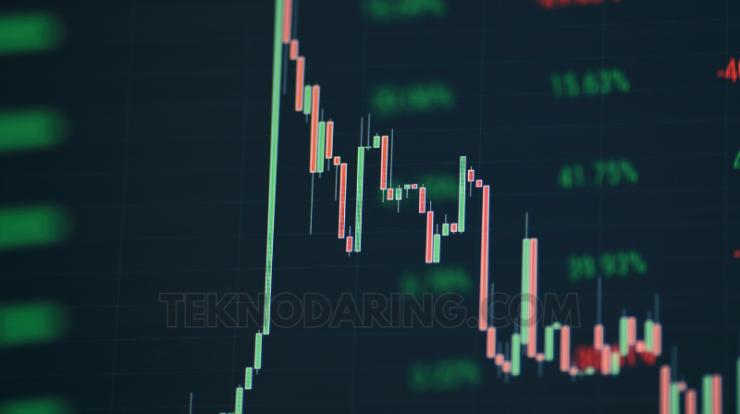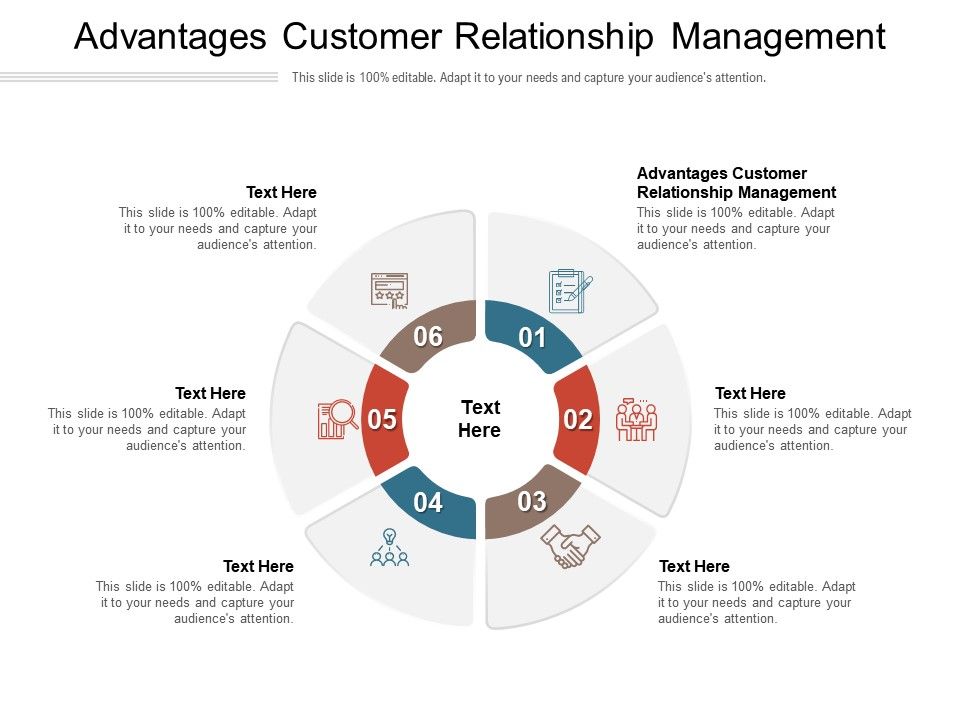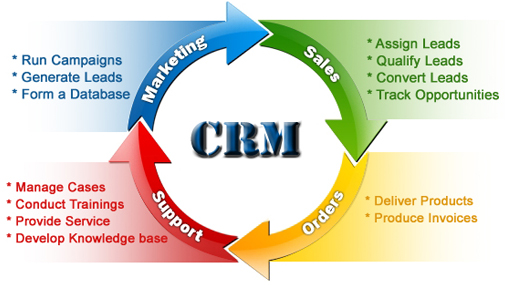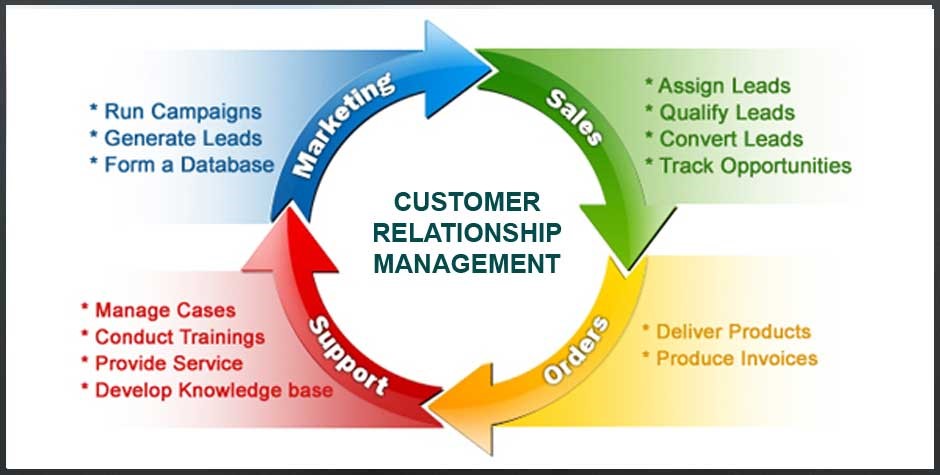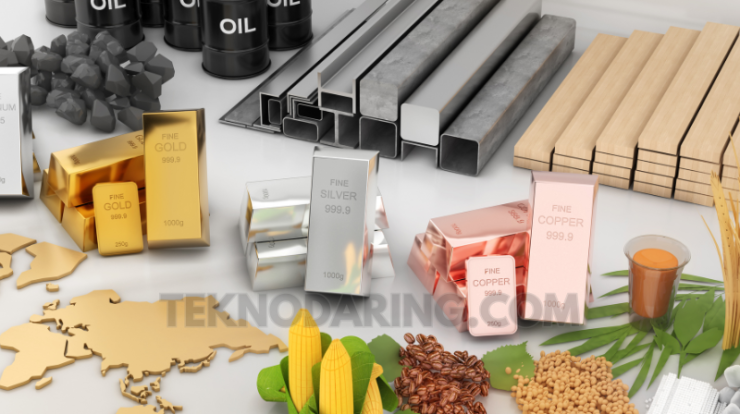
Commodity Trading A Beginner’s Guide – Commodity trading is a vital part of the global economy, allowing investors and businesses to buy and sell raw materials like gold, oil, coffee, and wheat. Whether you’re new to investing or looking to diversify your portfolio, understanding commodity trading can open up exciting opportunities.
What is Commodity Trading?
Commodity trading involves the buying and selling of natural resources or raw materials. These commodities are typically divided into two categories:
Hard Commodities
Hard commodities are natural resources that are mined or extracted, such as:
-
Gold
-
Crude oil
-
Natural gas
-
Metals like silver, copper, and aluminum
Soft Commodities
Soft commodities are agricultural products or livestock, such as:
-
Wheat
-
Corn
-
Coffee
-
Cocoa
-
Sugar
-
Cattle and pork
Traders speculate on the future price of these items through contracts rather than buying the physical goods directly.
How Does Commodity Trading Work?
Commodity trading primarily occurs on exchanges such as the Chicago Mercantile Exchange (CME), New York Mercantile Exchange (NYMEX), and London Metal Exchange (LME). Investors trade commodity futures, which are agreements to buy or sell a certain amount of a commodity at a predetermined price and date.
Futures Contracts
A futures contract allows traders to lock in prices today for commodities that will be delivered in the future. These contracts are used both for:
-
Hedging (to reduce risk)
-
Speculation (to profit from price changes)
Spot vs. Futures Trading
-
Spot Trading: Involves immediate delivery of the commodity at the current market price.
-
Futures Trading: Involves buying or selling the commodity at a future date for a fixed price.
Why Do People Trade Commodities?
There are several reasons why investors include commodities in their portfolios:
1. Diversification
Commodities often move independently of stocks and bonds. Adding them to your investment strategy can reduce risk.
2. Inflation Hedge
Commodity prices tend to rise when inflation increases, making them a good hedge against a weakening currency.
3. High Return Potential
While commodities can be volatile, they also offer the potential for significant gains, especially during periods of supply disruption or geopolitical tension.
Risks of Commodity Trading
Like any investment, commodity trading has its share of risks:
-
Volatility: Prices can swing wildly due to weather, politics, or global demand.
-
Leverage Risks: Trading on margin (borrowing funds) can magnify gains and losses.
-
Market Complexity: Requires understanding of global supply chains and market dynamics.
How to Start Trading Commodities
Step 1: Choose a Broker
Find a reputable broker that offers access to commodity markets. Look for one with transparent fees, educational resources, and user-friendly platforms.
Step 2: Learn the Market
Before diving in, take time to understand:
-
How futures contracts work
-
Factors that affect commodity prices
-
Technical analysis and chart patterns
Step 3: Start Small
Begin with a demo account or small investment to test your strategies without risking large amounts of capital.
Final Thoughts
Commodity trading can be a rewarding addition to your investment strategy when approached with knowledge and caution. It offers a way to diversify, hedge against inflation, and potentially profit from market movements. However, like all trading activities, it comes with risks that require careful management.
Whether you’re interested in gold, oil, or agriculture, understanding how commodity markets work is the first step toward making smarter financial decisions.

